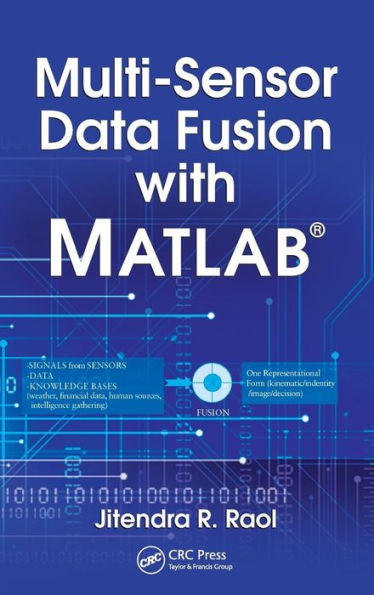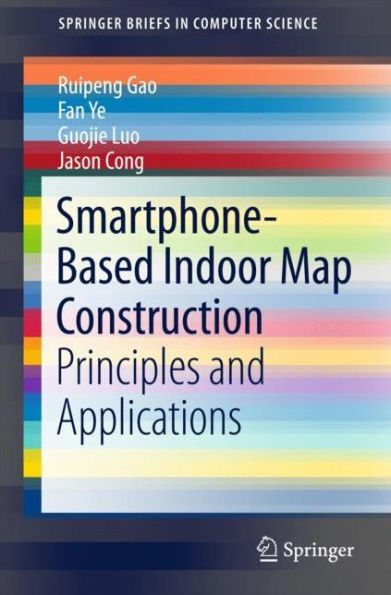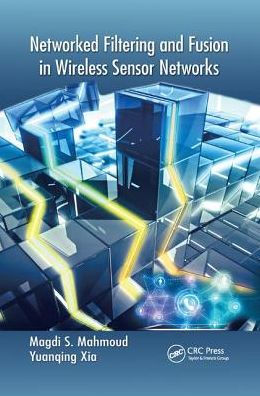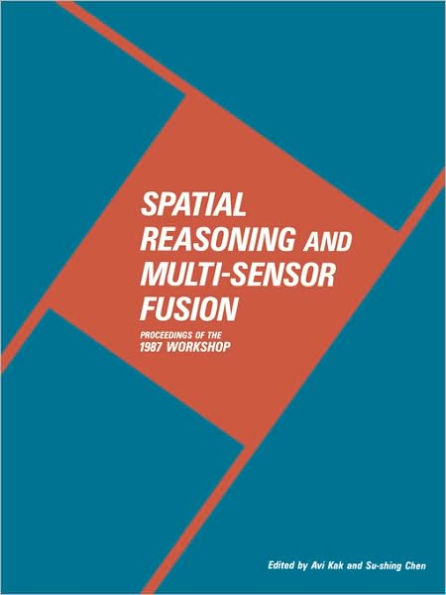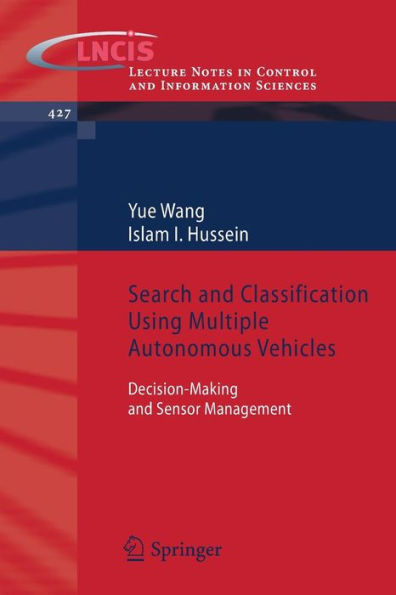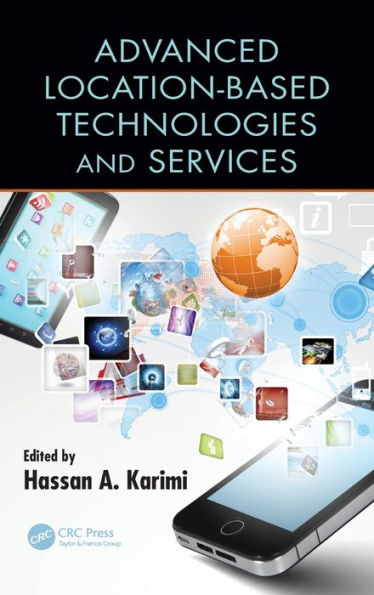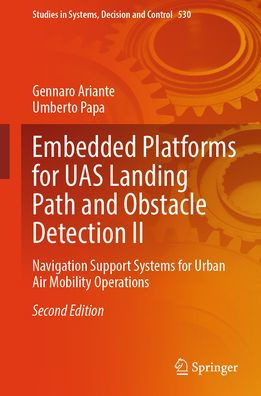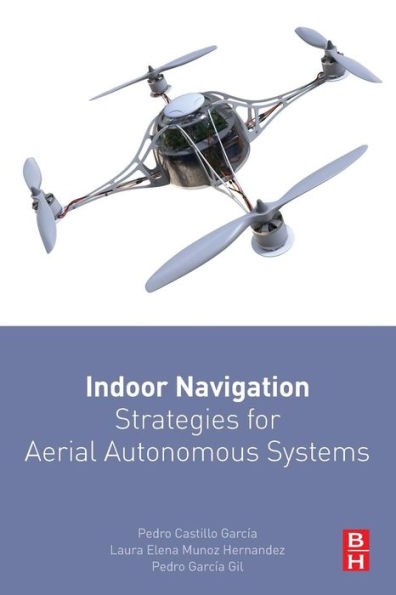Home
Ultra-wideband Based Indoor Localization Using Sensor Fusion and Support Vector Machine
Barnes and Noble
Ultra-wideband Based Indoor Localization Using Sensor Fusion and Support Vector Machine
Current price: $77.00
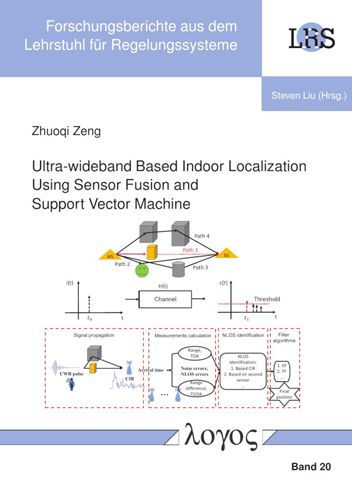

Barnes and Noble
Ultra-wideband Based Indoor Localization Using Sensor Fusion and Support Vector Machine
Current price: $77.00
Size: OS
Loading Inventory...
*Product information may vary - to confirm product availability, pricing, shipping and return information please contact Barnes and Noble
To further improve the NLOS detection and mitigation performance for Ultra-wideband (UWB) system, this thesis systematically investigates the UWB LOS/NLOS errors. The LOS errors are evaluated in different environments and with different distances. Different blockage materials and blockage conditions are considered for NLOS errors. The UWB signal propagation is also investigated. Furthermore, the relationships between the CIRs and the accurate/inaccurate range measurements are theoretically discussed in three different situations: ideal LOS path, small-scale fading: multipath and NLOS path. These theoretical relationships are validated with real measured CIRs in the Bosch Shanghai office environment. Based on the error and signal propagation investigation results, four different algorithms are proposed for four different scenarios to improve the NLOS identification accuracy. After the comparison of the localization performance for TOA/TDOA, it is found that on normal office floor, TOA works better than TDOA. In harsh industrial environments, where NLOS frequently occurs, TDOA is more suitable than TOA. Thus, in the first scenario, the position estimation is realized with TOA on the office floor, while in the second scenario, a novel approach to combined TOA and TDOA with accurate range and range difference selection is proposed in the harsh industrial environment. The optimization of the feature combination and parameters in machine learning algorithms for accurate measurement detection is discussed for both scenarios. For the third and fourth scenarios, the UWB/IMU fusion system stays in focus. Instead of detecting the NLOS outliers by assuming that the error distributions are Gaussian, the accurate measurement detection is realized based on the triangle inequality theorem. All the proposed approaches are tested with the collected measurements from the developed UWB system. The position estimation of these approaches has better accuracy than that of the traditional methods.
